Nestled on Sardinia’s northwestern coast, Alghero stole my heart the second I wandered onto its cobblestone streets. This coastal city feels like a rare find in Italy, with its fascinating Catalan roots. Nowhere else in Italy clings to Catalan culture quite like Alghero—locals still speak Catalan alongside Italian, which is why people call it “Little Barcelona.”
I’ve lost track of how many hours I’ve spent exploring Alghero’s medieval center. The ancient walls here still whisper stories from the 16th-century Catalan-Aragonese era. You get the perfect mix of history and beach life. From my apartment, I could stroll to beaches with the clearest water in minutes. It’s honestly the ideal spot to explore northern Sardinia.
What I love most about Alghero is how it stays true to itself while welcoming visitors. Tourism feels different here—more sincere, less flashy than in other Mediterranean spots. Whether I’m sipping espresso in a sunny piazza, catching sunset from the old walls, or hopping on a boat to hidden caves, Alghero gives you memories that stick long after you leave.
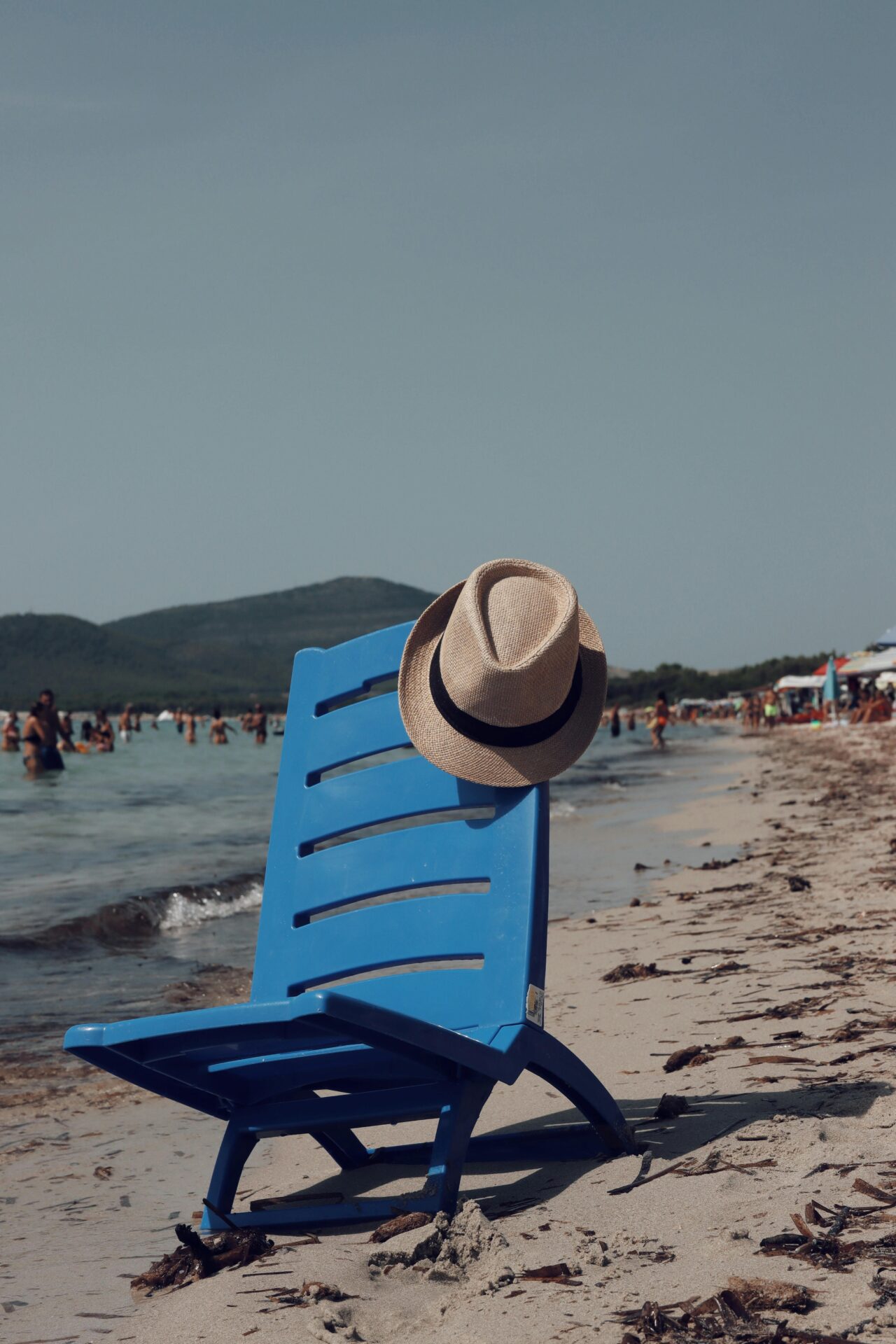
Discovering Alghero’s Unique Charm
Alghero draws people in with its rare mix of Italian and Catalan influences. You just don’t find this anywhere else in Sardinia. The city’s history, medieval architecture, and seaside views create a kind of Mediterranean magic.
Catalan Influences and Heritage
As soon as I started exploring Alghero, I noticed the cultural mash-up that makes it stand out. Locals call it “Barceloneta” (Little Barcelona) because of its deep Catalan roots, stretching back to the 14th century when Aragonese settlers arrived.
You’ll spot street signs in both Italian and Catalan. I was genuinely surprised to find out Alghero is the only place in Italy where Catalan is still widely spoken. It gives the city a vibe you really won’t get anywhere else on the island.
You can taste the Catalan influence in the food too. Waterfront restaurants serve up paella and seafood dishes with a Spanish twist. Around Easter, Catalan traditions and festivals light up the city, showing off this unique cultural blend.

Historical Centre and Centro Storico
Alghero’s heart beats in its Centro Storico (historical center). I spent hours getting lost in the narrow, cobbled streets, passing amber-hued buildings and shops packed with coral jewelry—a local favorite.
Piazza Civica is the main hangout, ringed by cafés where I’d watch locals and tourists drift by. The medieval buildings here make a dreamy backdrop for a morning coffee or an evening drink.
The Coral Museum tells the story of Alghero’s long love affair with red coral from the nearby sea. You’ll see jaw-dropping coral creations and learn why this resource mattered so much to the city.
The old churches reveal chapters of Alghero’s past. The Cathedral of Santa Maria and the Church of San Francesco especially grabbed my attention, mixing Gothic and Renaissance touches.
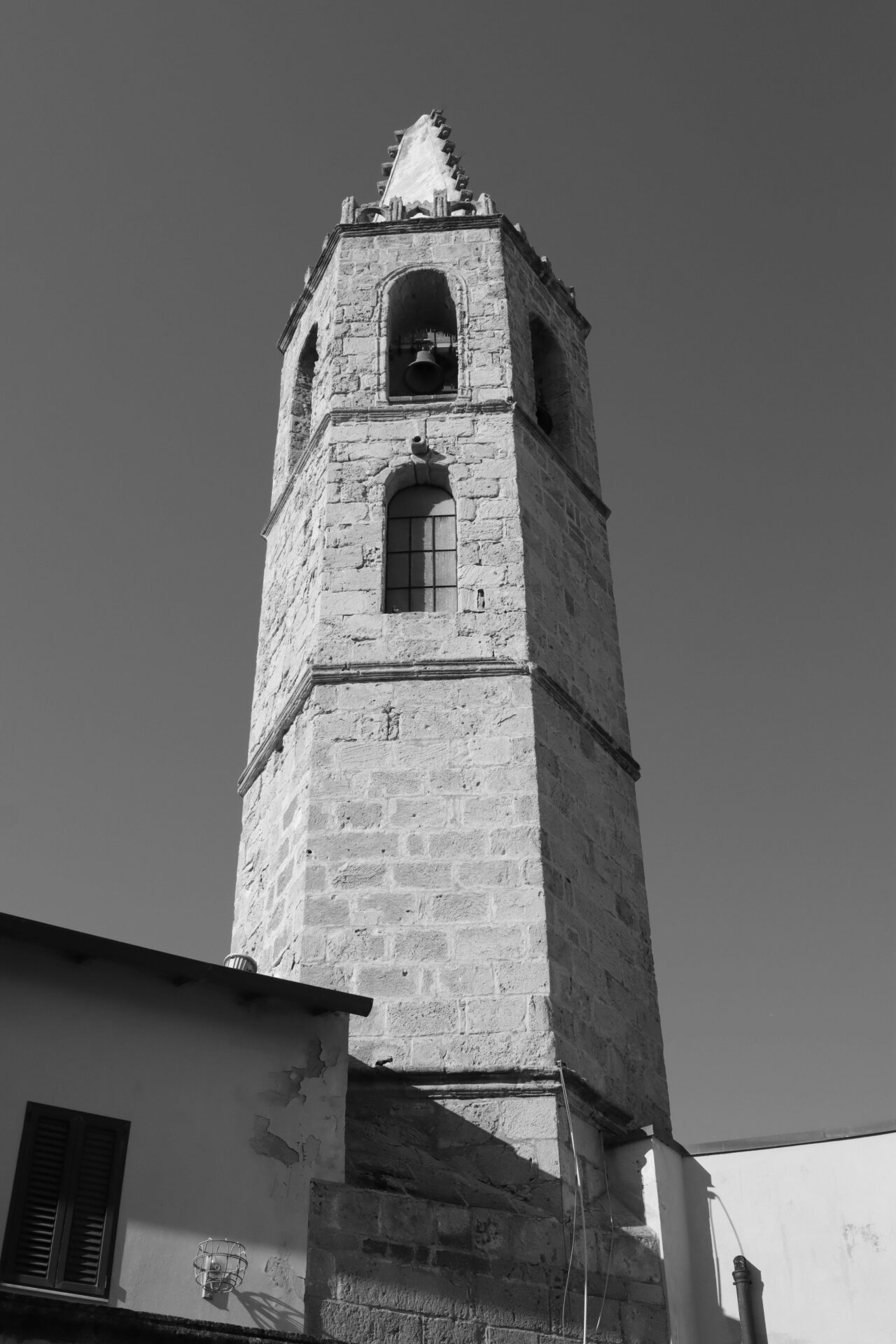
Sea Walls and Marina
The sturdy 16th-century sea walls wrap around the old town, giving you jaw-dropping views of the coast. I always walk the whole circuit at sunset—the light on the limestone is unreal.
These walls once shielded Alghero from attacks, but now they’re perfect for evening strolls. I like pausing at the little cafés tucked into the walls, where you get sweeping views of the Mediterranean.
The marina below stays lively with fishing boats and yachts. From here, you can hop on boat tours to Neptune’s Grotto or the wild beaches up the coast. For the best photos, head to Bastioni Marco Polo—you get the old walls and the clear blue water in one shot.
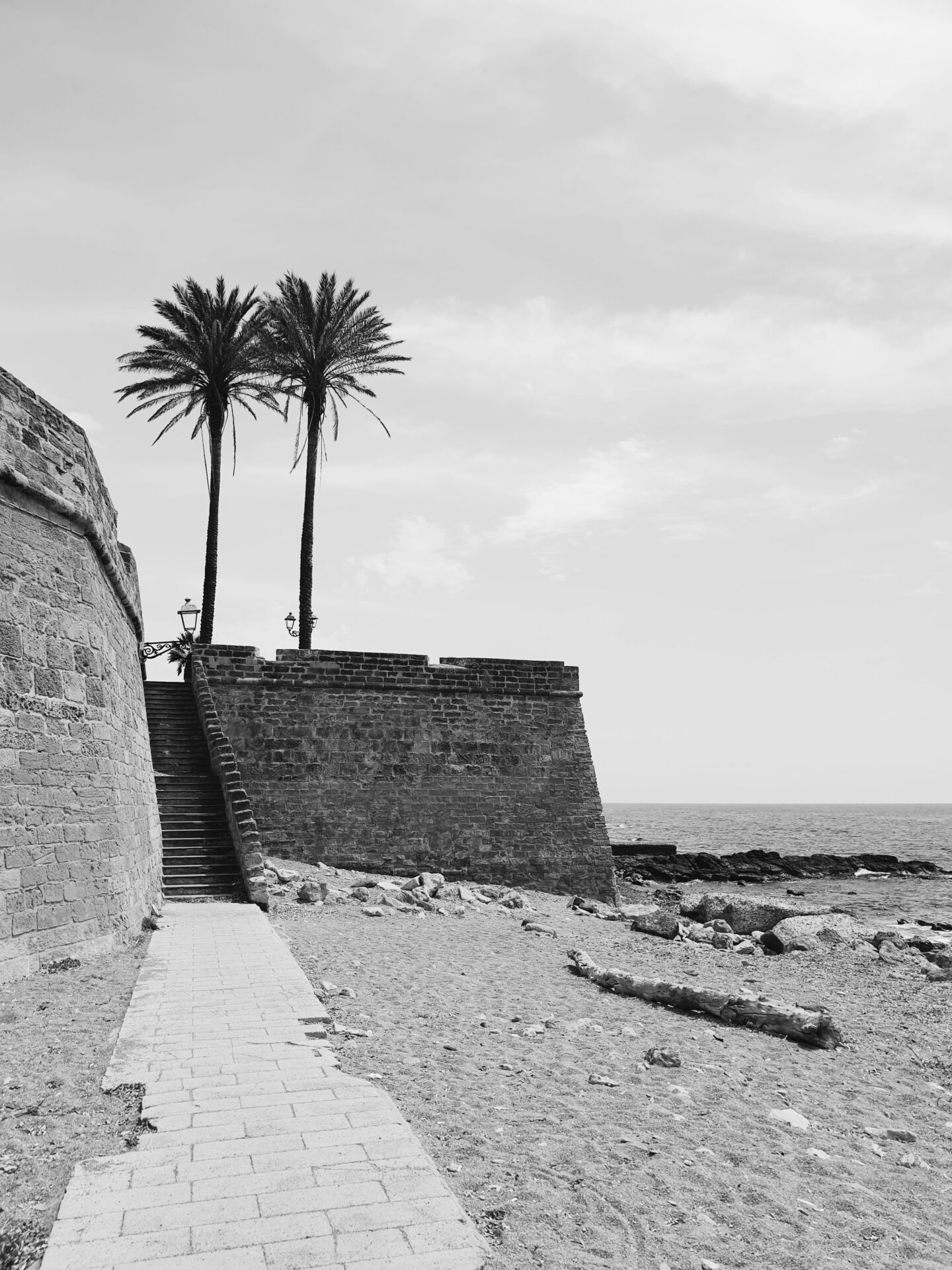
Top Attractions and Must-See Landmarks
Alghero’s old center overflows with architectural gems that tell the city’s story. The churches, towers, and plazas highlight the Catalan-Gothic style that makes this place so special.
Alghero Cathedral and Cathedral Bell Tower
I spent a quiet morning exploring Alghero Cathedral—officially called the Cathedral of Santa Maria. Built in the 16th century, it mixes late Renaissance and Neoclassical styles.
The inside is gorgeous, with ornate chapels and religious art everywhere. Check out the wooden crucifix and the intricate altar pieces—Alghero’s artistic heritage shines here.
Climb the Cathedral Bell Tower (Campanile) for what I think are the best views in town. At 41 meters, it gives you a full panorama of red rooftops and shimmering sea.
Entry to the cathedral is free, but there’s a small charge for the tower. Go in the morning—the light is perfect for photos.

Chiesa di San Francesco
Chiesa di San Francesco quickly became one of my favorite spots. This 14th-century church nails the Catalan-Gothic look that defines Alghero.
Inside, the peaceful cloister with its slender columns instantly calmed me. The church holds some fascinating religious artifacts and artwork that reveal slices of Alghero’s history.
What’s cool is the way the church blends styles. The outside is more Gothic, but inside, you’ll spot Renaissance touches from later updates.
It’s just a short walk from Piazza Civica, so it’s easy to add to a walking tour. I found it quieter than the cathedral—great for a reflective pause.
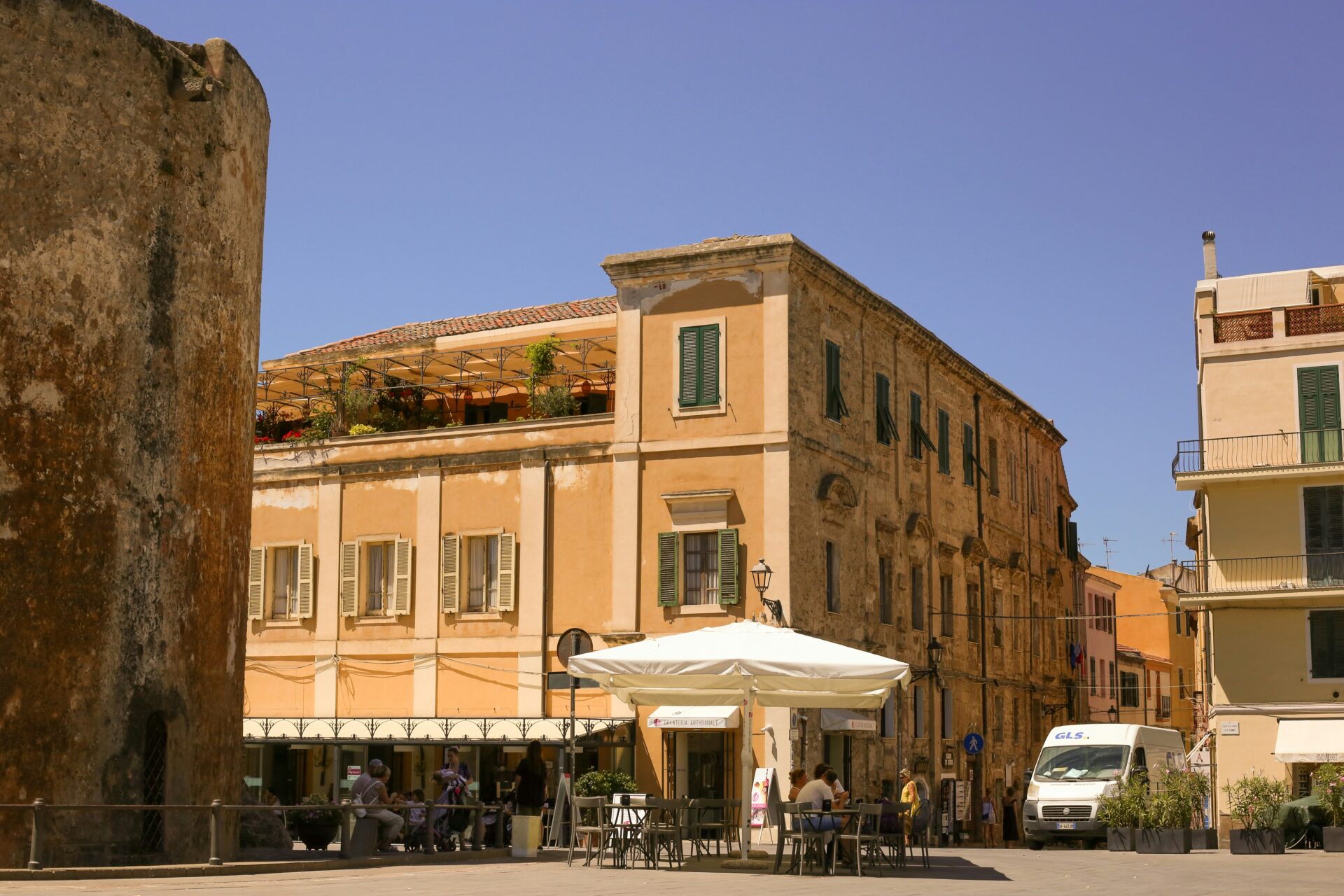
Chiesa di San Michele Arcangelo
You can’t miss the colorful dome of Chiesa di San Michele Arcangelo while wandering the old town. I was drawn right away to its vibrant majolica-tiled cupola.
Built in the 17th century, this church stands out with its Baroque style. Inside, you’ll find marble altars and detailed paintings—I spent a good chunk of time just soaking it all in.
The acoustics blew me away. If you catch a service or concert here, you’re in for a treat.
San Michele sits at a busy crossroads in the old town. I think late afternoon is the best time to visit—the dome almost glows in the sun.
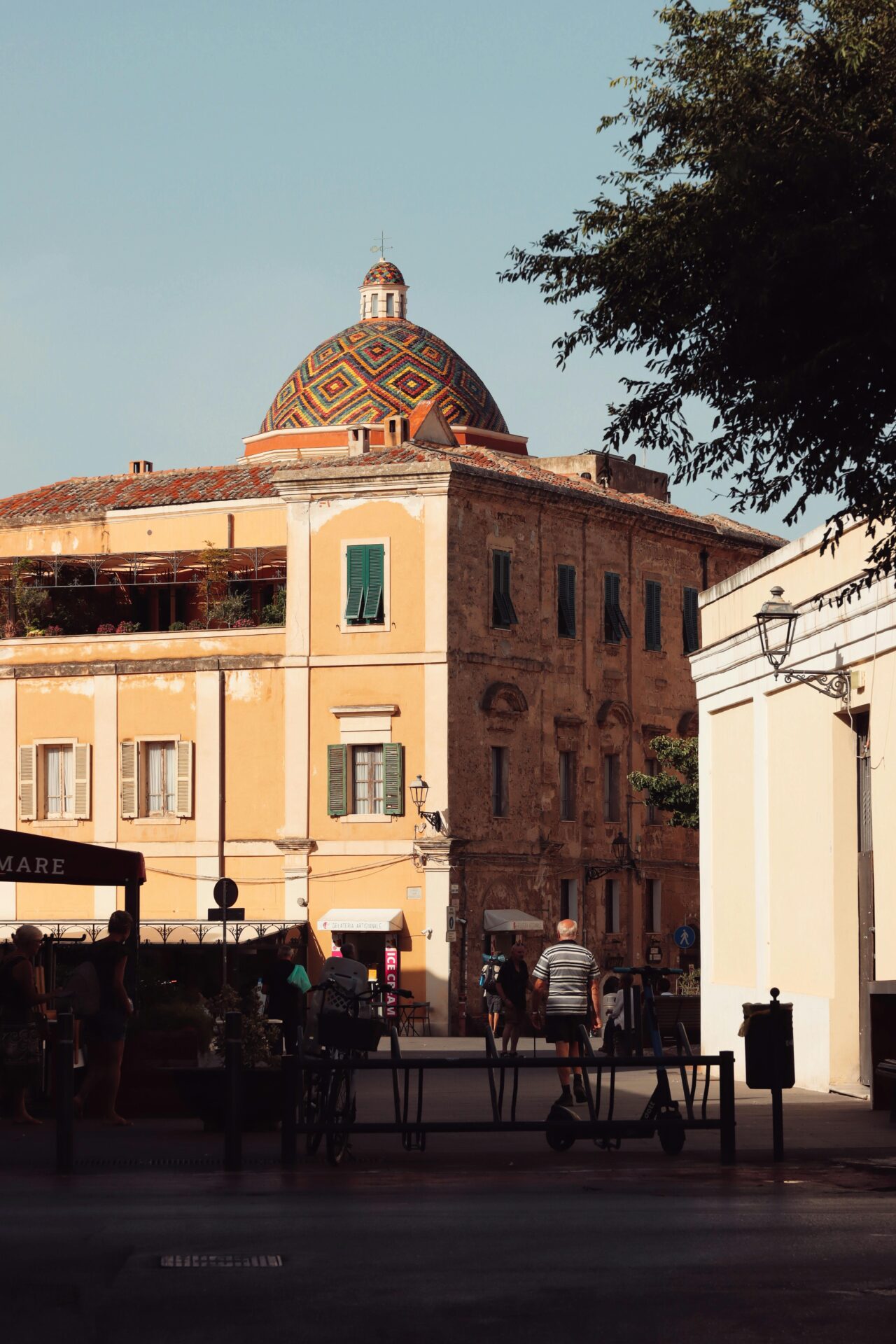
Torre di Porta Terra
Torre di Porta Terra marked my first encounter with Alghero’s old defenses. This tower once guarded the main entrance to the city and now stands as a proud relic.
The tower dates to the 16th century, built during Spanish rule. These days, it holds a small exhibition space with displays on local history and culture.
Its spot at the edge of old and new Alghero makes it a natural gateway. You really feel like you’re stepping into history as you pass through.
The tower’s been kept in great shape. I loved climbing up for views over the busy streets. Sometimes you’ll find temporary art shows inside too.

Coastal Beauty: Beaches and Natural Wonders
Alghero’s coast ranks among Italy’s most stunning. The water is crystal clear, and the rock formations are something else—a dream for beach fans and nature lovers.
Spiaggia del Lido di Alghero and Beyond
Spiaggia del Lido is Alghero’s main beach and my go-to for starting a beach day. It’s just steps from the old town, with soft sand and shallow water—perfect for families.
If you want more privacy, try La Pelosa beach. It’s about an hour north, but the powdery sand and turquoise sea are worth the drive. It honestly looks like the Caribbean.
Bosa’s beaches, south of Alghero, have a different feel—darker sand, dramatic cliffs. I like coming here when I want to dodge the crowds.
The islands of Asinara are another secret spot. You’ll need to book a boat tour to get there, especially in summer.
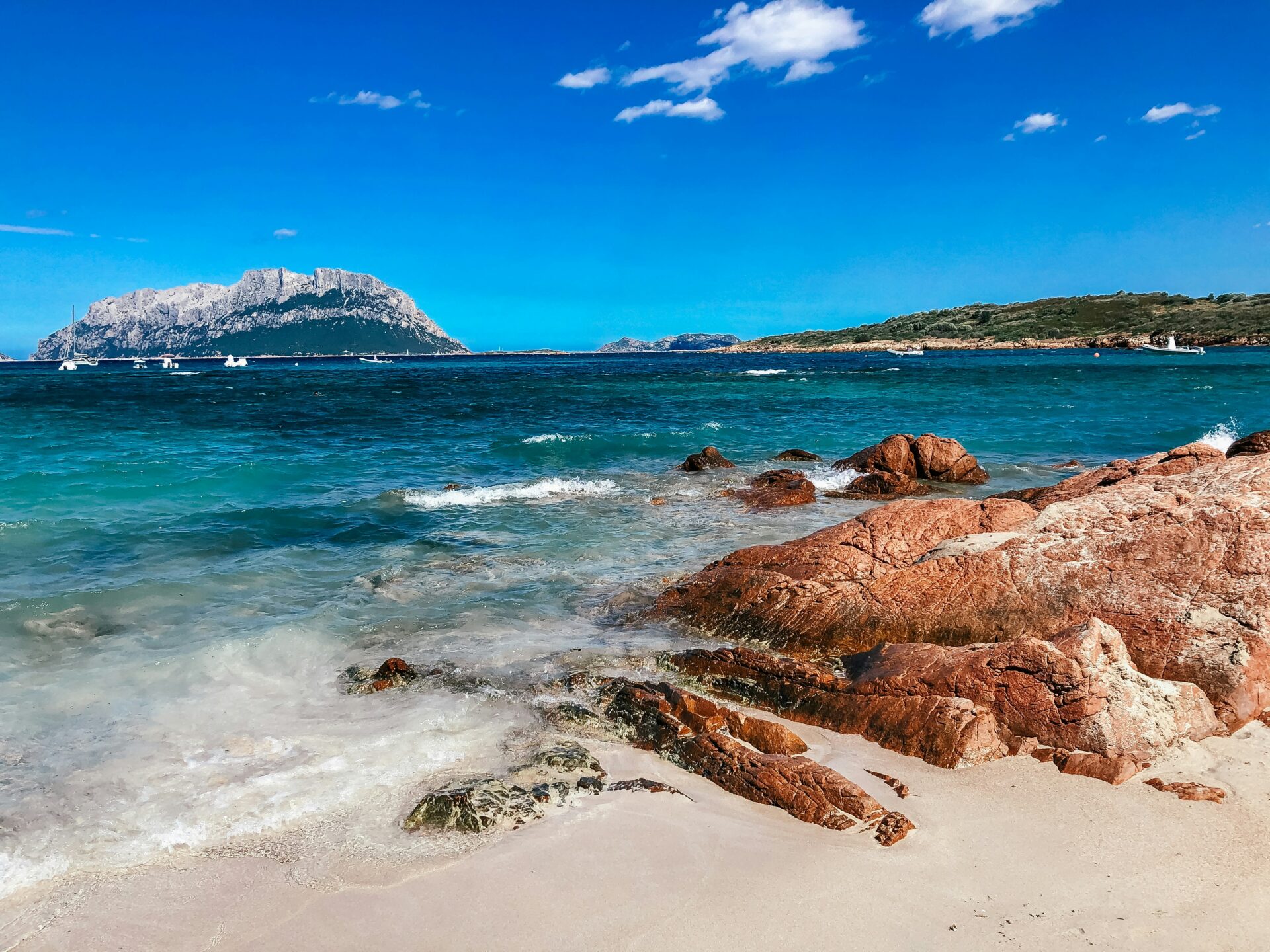
Grotta di Nettuno
Neptune’s Cave (Grotta di Nettuno) is hands-down the highlight of Alghero’s natural wonders. The first time I went, I was speechless.
You have two ways to reach it:
- Take a boat from Alghero port (about 20 minutes and super scenic)
- Or brave the Escala del Cabirol, a staircase of 656 steps carved into the cliff
Inside, you’ll find a surreal world of stalactites and stalagmites mirrored in clear saltwater pools. The main chamber is huge—it almost feels like another planet.
Boat tours also cruise past hidden coves and the rugged Capo Caccia cliffs. If you take the stairs, wear good shoes, and bring a jacket—the cave stays chilly, even in summer.
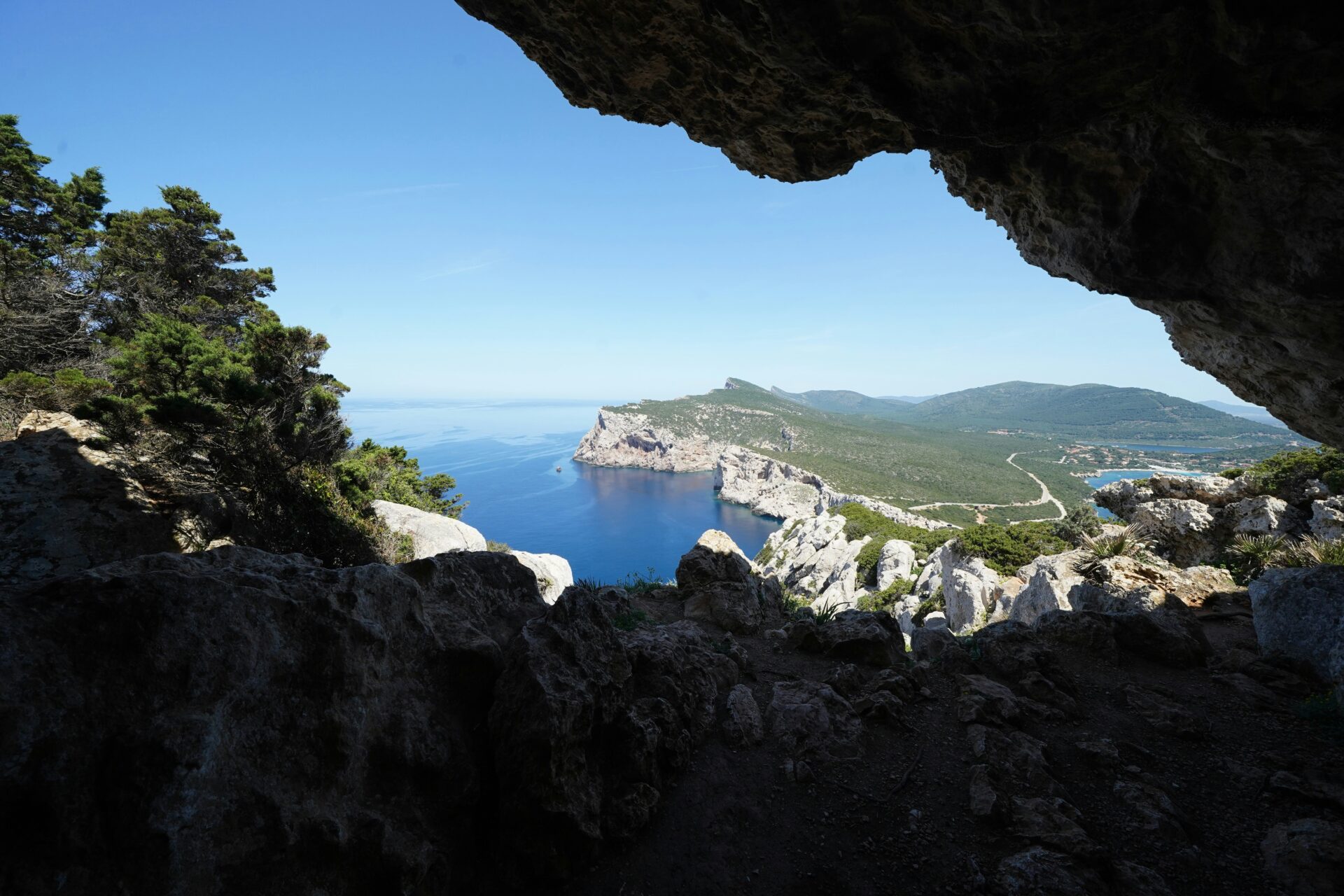
Alghero’s Culinary Delights and Local Experiences
Alghero’s food scene is a wild blend of Sardinian and Catalan flavors. The city’s history and seaside location shape every dish, with fresh seafood and local specialties waiting to be discovered.
Places to Eat and Local Restaurants
When hunger hits in Alghero, you’re in luck. I’ve spent many evenings trying the local cuisine, and the flavors really stick with me.
Ristorante Al Tuguri is a standout. Tucked down a tiny alley, this family-run spot serves up Catalan-inspired Sardinian food in a cozy medieval setting. Their seafood paella is unforgettable.
For something casual, Trattoria Cavour offers great value and tasty daily specials. I especially love their fresh pasta with sea urchin when it’s in season.
La Briciola nails the local vibe with simple, delicious dishes. The mixed seafood grill is a must-try—super fresh and flavorful.
Ristorante Il Pavone is another favorite for a fancier night out. Their bottarga (cured fish roe) dishes and Sardinian wines make for a perfect dinner.

Shops, Passeggiata, and Coral Jewellery
Shopping in Alghero is a mix of tradition and the Italian love of strolling. The evening passeggiata along the sea walls is a ritual I never skip.
Coral jewelry is Alghero’s signature craft. Red coral from local waters gets turned into beautiful pieces you won’t see anywhere else. I like browsing the small boutiques on Via Roma, where you can watch artisans at work.
During your passeggiata, pop into specialty food shops for Sardinian pecorino, bottarga, or a bottle of mirto liqueur. These treats bring a bit of Alghero back home with you.
The markets near the port are packed with local produce. If you’re staying in an apartment, it’s fun to grab fresh ingredients for a beach picnic.
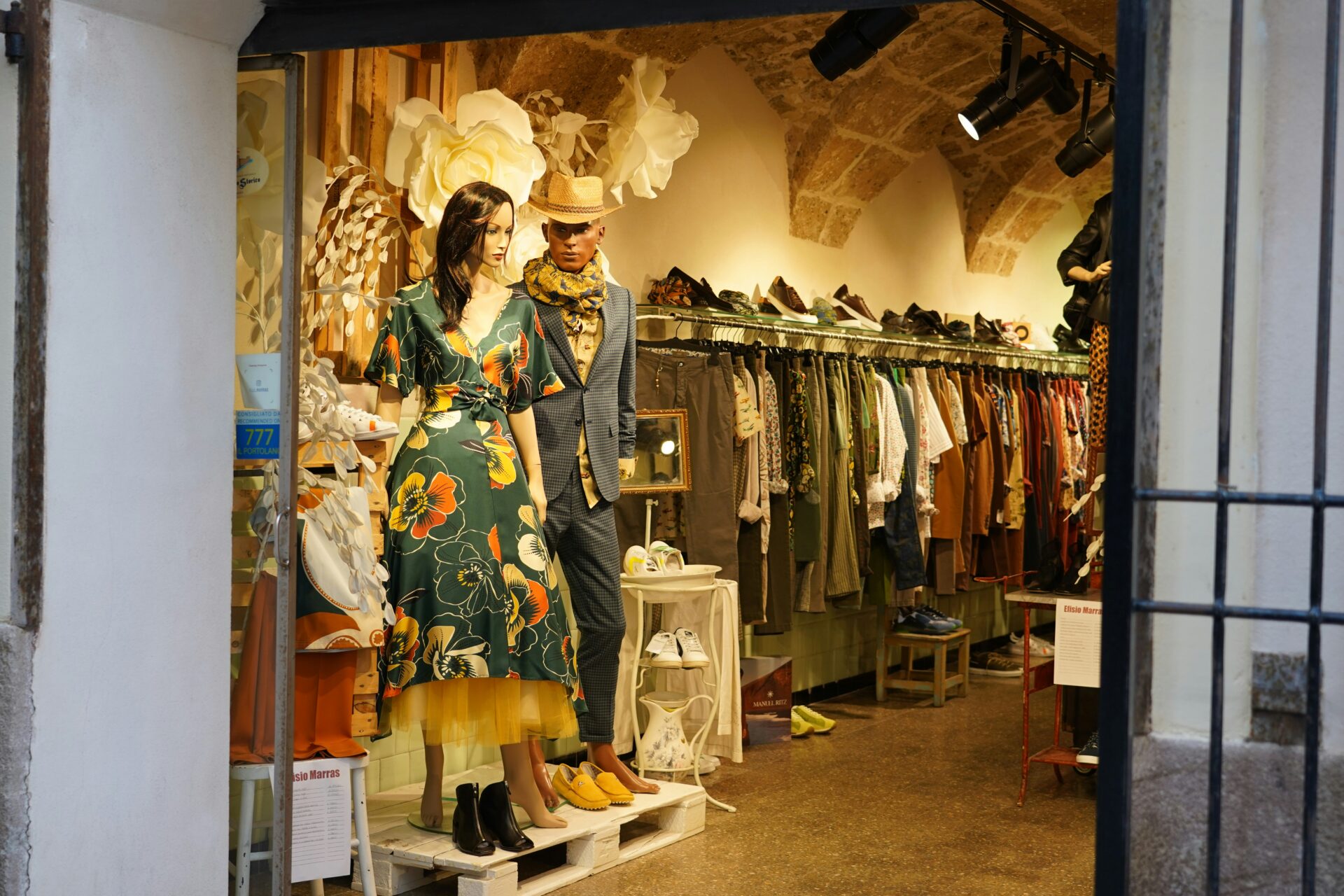
Practical Travel Tips and Accommodations
Planning your Alghero stay takes a little know-how about where to sleep and how to get here. You’ll find all sorts of accommodations for every budget, and the nearby airport makes arriving from abroad surprisingly easy.
Where to Stay: Hotels and Residences
I’ve checked out a bunch of lodging options in Alghero, and honestly, there’s something for everyone. Hotel Catalunya really caught my eye—it’s right in the center, and the rooftop terrace gives you these amazing panoramic views of the bay.
You can walk to the historic center from there, which is super convenient. Plus, the rooms feel comfortable and the prices don’t break the bank.
If you’re after a cozier vibe, I’d go for Hotel San Giuan. It’s a boutique spot, and their personalized service actually made me feel at home.
Families or anyone staying a bit longer might like Residence Buganvillea. The place has apartment-style setups with kitchens, so you can whip up your own meals. I honestly loved having breakfast out on my own balcony.
Hotel Alma di Alghero is another solid choice. The rooms look modern, and it’s super close to Maria Pia Beach. If you’re coming mainly for the beach, this one’s a winner.
Want something truly authentic? Su Palatu sits right in the heart of the old town. The building’s historic architecture is just gorgeous—kind of feels like stepping back in time.
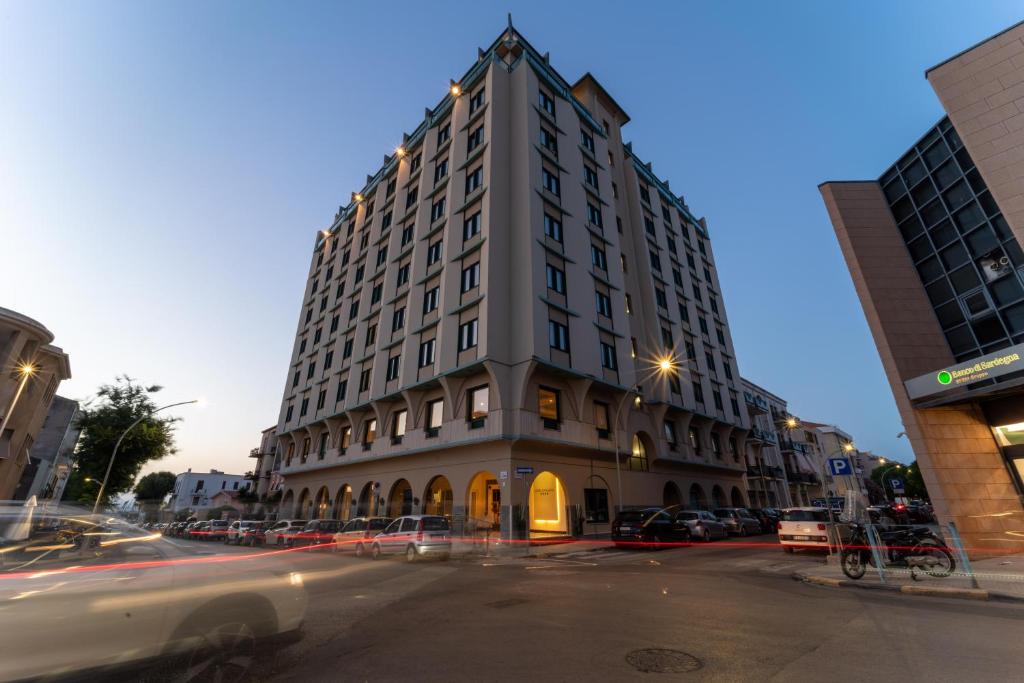
Getting There: Alghero Fertilia Airport and Transportation
Alghero Fertilia Airport sits just 10 km from the city center and acts as the main gateway to northern Sardinia. Ryanair and a handful of other budget airlines fly in, which keeps it surprisingly affordable to reach from lots of European cities.
When I landed, I noticed a few ways to get into town:
- Airport Bus: Runs pretty often between the airport and city center, and it only costs about €1.50.
- Taxi: Expect to pay around €25-30 for a one-way trip.
- Car Rental: You’ll find all the usual suspects like Hertz and Avis right at the airport.
Honestly, if you want to explore Sardinia or hit up some of the gorgeous beaches outside Alghero, renting a car just makes sense. The roads? They’re pretty well-kept, and driving around is straightforward.
Inside Alghero, you can easily wander the historical center on foot. If you need to go farther, the local bus system is both cheap and dependable.
Plenty of shops near the marina rent out bikes, too. Honestly, cycling along the coast feels like the perfect way to soak it all in.

